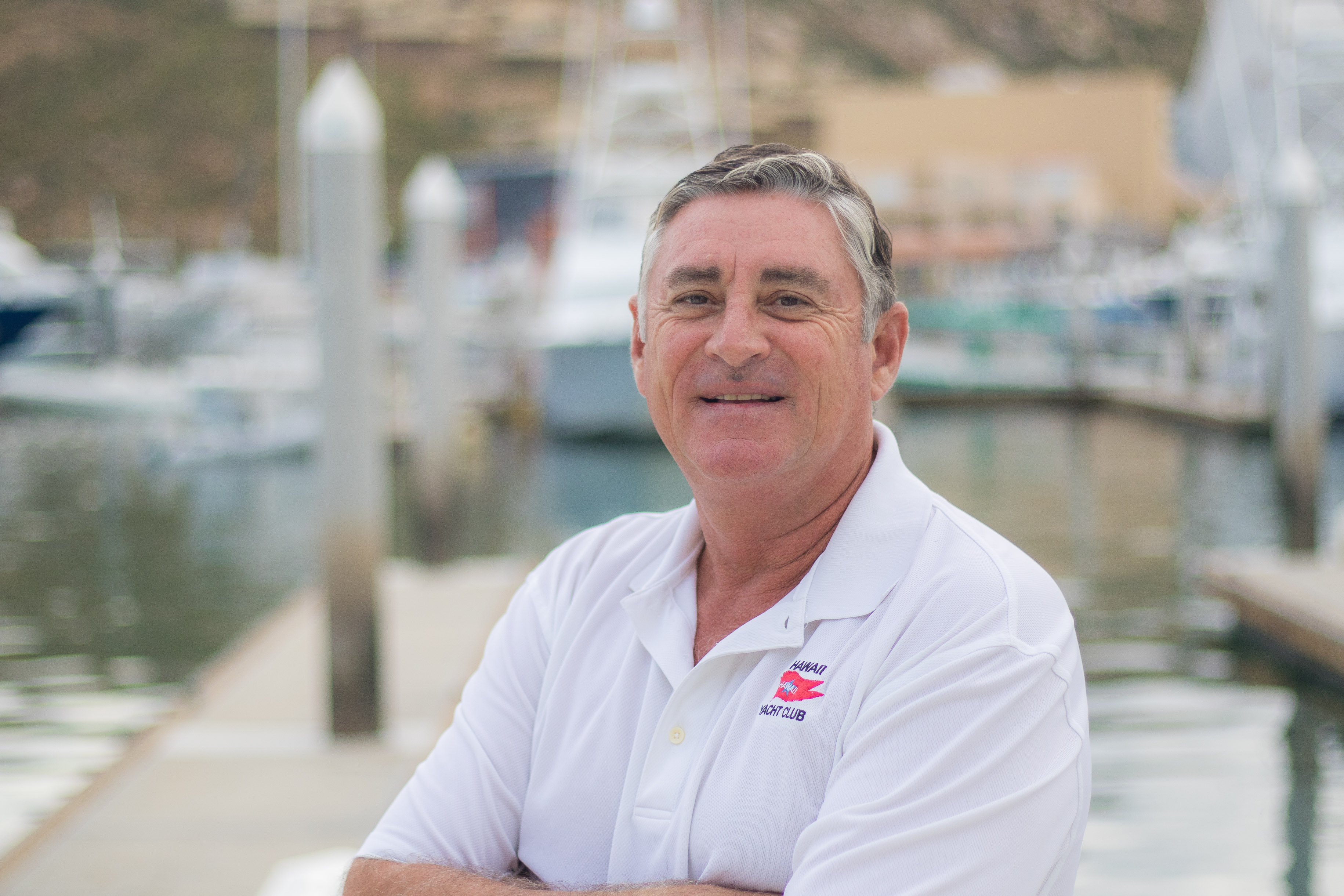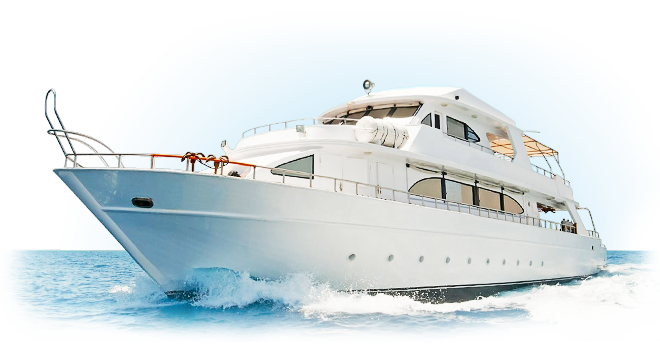
Cabo San Lucas Yacht Repair
Repair and Refits Maintenance
Contact Captain Jeff For Any Repairs
With an impressive quarter-century in the yachting sector, Jeff has forged relationships with premier shipyards and marine suppliers stretching across the entire west coast. He’s been instrumental in major yacht refurbishments that incorporate cockpit expansions, increased fuel capacity, running gear retrofits and repower adjustments.
Captured under his watch is damage assessment arising from hurricanes and insurance survey compliance associated hauls outs too! Jeff’s expertise will give you an incredible journey, an indispensable part of any voyage to Baja California, offering every support required to make it happen, all while drawing on two decades of experience in this business.
From finding the perfect spot for dinner or moorage to sourcing local attractions, Jeff can equip you with everything you need before your trip. With his experience and language proficiency, he’ll ensure that when it’s time to go ashore in Mexico – business-oriented, recreational anglers, and holidaymakers alike – are all set up for success!
Cabo San Lucas Yacht Repair
Cabo San Lucas Yacht Repair
Engine and fuel system
After heavy usage (such as a single, long trip)
- Check coolant and oil levels, and top up if necessary
- Check for, follow up and address any fluid leaks
- Check oil pads and replace as necessary
- If you have reached 100 hours of usage (or as per manufacturer’s instructions), replace the oil and filter
Monthly routine
- As per manufacturer’s guidance, apply WD40 to engine, components and control panel to prevent corrosion
- If the boat has not been used that month, start the engine and allow it to reach operating temperature
- Clean the water strainer
Annual checks
- Check engine belts for wear and tension. Replace as necessary.
- Check the fuel tank for rust and/or contamination
- Ensure the hoses are not cracked and provide enough slack to account for vibration
- Thoroughly inspect the tank, hose and fittings for evidence of leaks
- Prior to winter storage, check antifreeze level and replace as necessary. Fill the tank prior to storage as per manufacturer’s instructions
Electrics
After heavy usage
- Test all batteries for capacity level. Replace if necessary
- Check that all wiring remains neatly bundled and secured and is well-clear of the exhaust system and bilge
Monthly routine
- Check water level of battery monthly or weekly depending on the system 32v or 12v. And after heavy usage in the summer time in Cabo or hot climates.
- Clean exterior bulb contact points and apply anti-corrosion spray
- Check all running and interior lights and replace bulbs where required
- Inspect bulkhead and engine connections to ensure there is adequate flex with no fraying
- Check that wire connections and terminals remained sealed, with no evidence of corrosion
Preventing corrosion
Monthly routine
- Inspect the hull for evidence of corrosion such as leaks, blistered or peeling paintwork, deposits around stainless steel fixtures or whitish powder on an aluminium hull
- Inspect all props, shafts, bearings, through-hulls and rudder fittings for evidence of corrosion
- Check steering cables, engine cables and connections and gear casings for corrosion
Annual checks
- Replace zincs (either annually or every six months as per manufacturer’s instructions)
Hull maintenance
Monthly routine
- Inspect for hull, keel and rudder damage and arrange for any necessary repairs immediately. Treat any scratches or gelcoat damage as per manufacturer’s instructions
- Check the condition of the teak and renew as necessary
Annual checks
- All yachts require an annual haul-out for anti-fouling, zinc replacement (and repainting, where necessary). Contact your maintenance engineer well in advance of your preferred haul-out time (usually winter) in order to arrange this
Bilge pumps and through-hulls
Monthly routine
- Even where using automatic pumps, inspect blges frequently to ensure they are clean and free to circulate
- Check through-hull strainers, intake and discharge components to ensure they are not blocked by debris or marine growth
- Ensure valve handles are securely attached to enable quick and smooth closure in an emergency
- Inspect plugs and hoses for cracking
Ensuring crew safety
Pre-departure checks should include checking the presence and placement of all personal flotation devices, first aid kit and flares. These further checks should also be carried out on a monthly basis:
- Thoroughly inspect flotation devices for wear or abrasion. If inflation devices are incorporated into a PFD, ensure the cartridges are secure and charged.
- Check the use-by date on flares
- Ensure fire extinguishers are in their designated accessible positions, and that they have been professionally inspected and appropriately tagged as up to date
- Ensure lifelines or rails are in good condition
- Test to ensure CO and fire alarms are working
- Ensure you are up to date with galley stove inspection and servicing
Sensible boat ownership involves personally keeping on top of basic maintenance – as well as sticking to your manufacturer’s recommended servicing regime and having the right insurance in place.
Cabo San Lucas Yacht Repair
Capt Jeff

Contact Us


